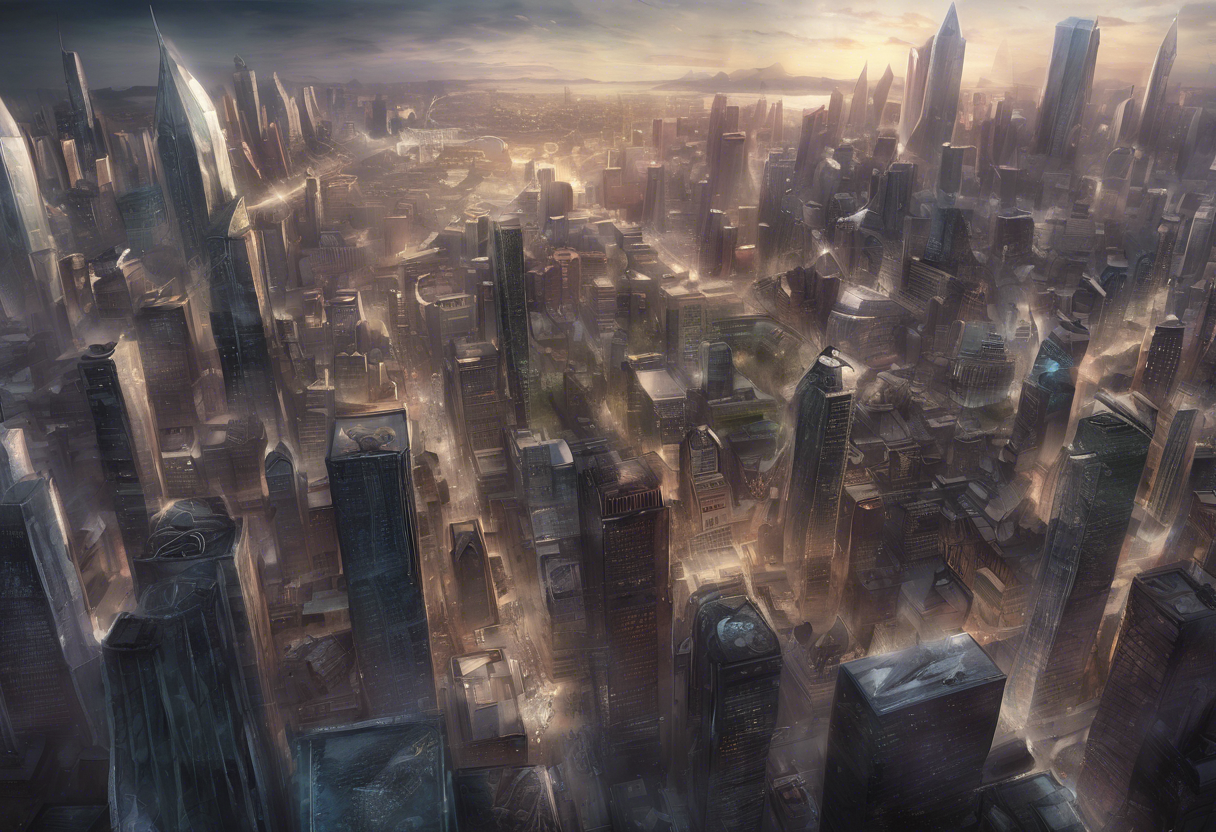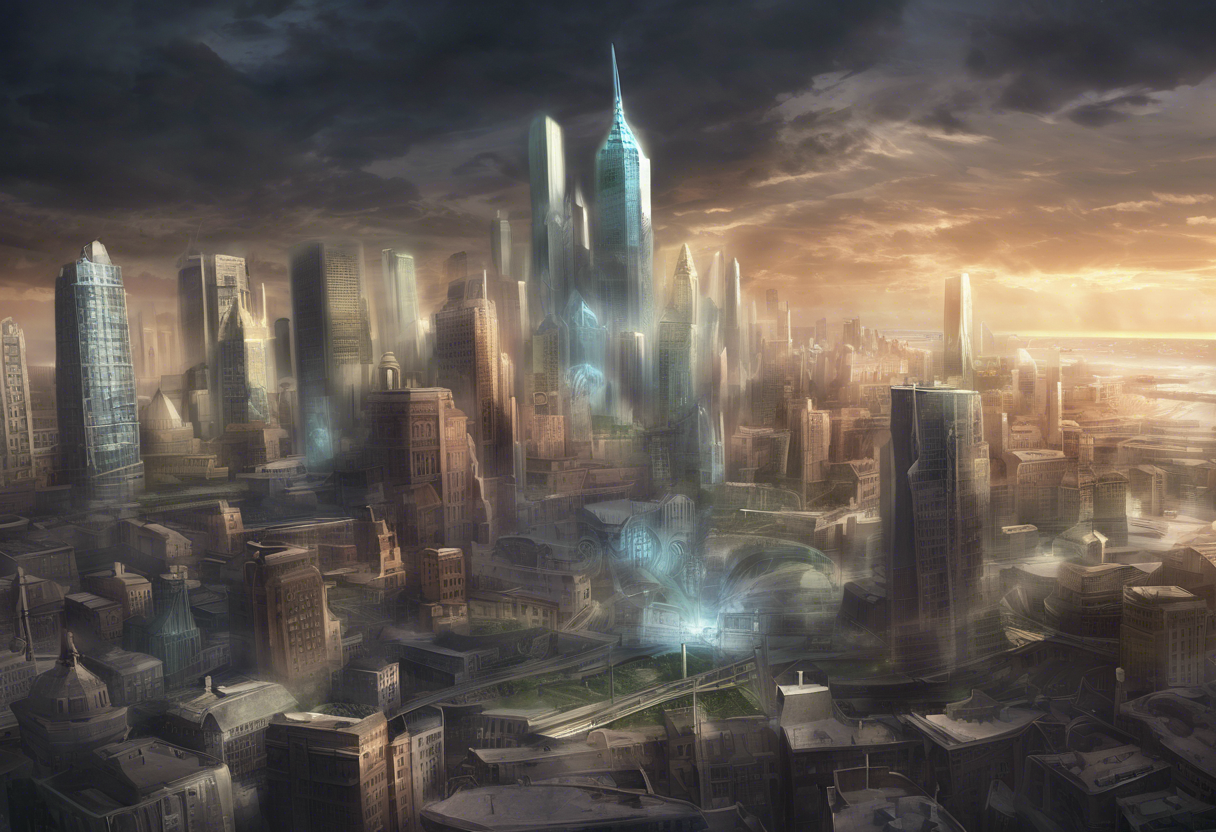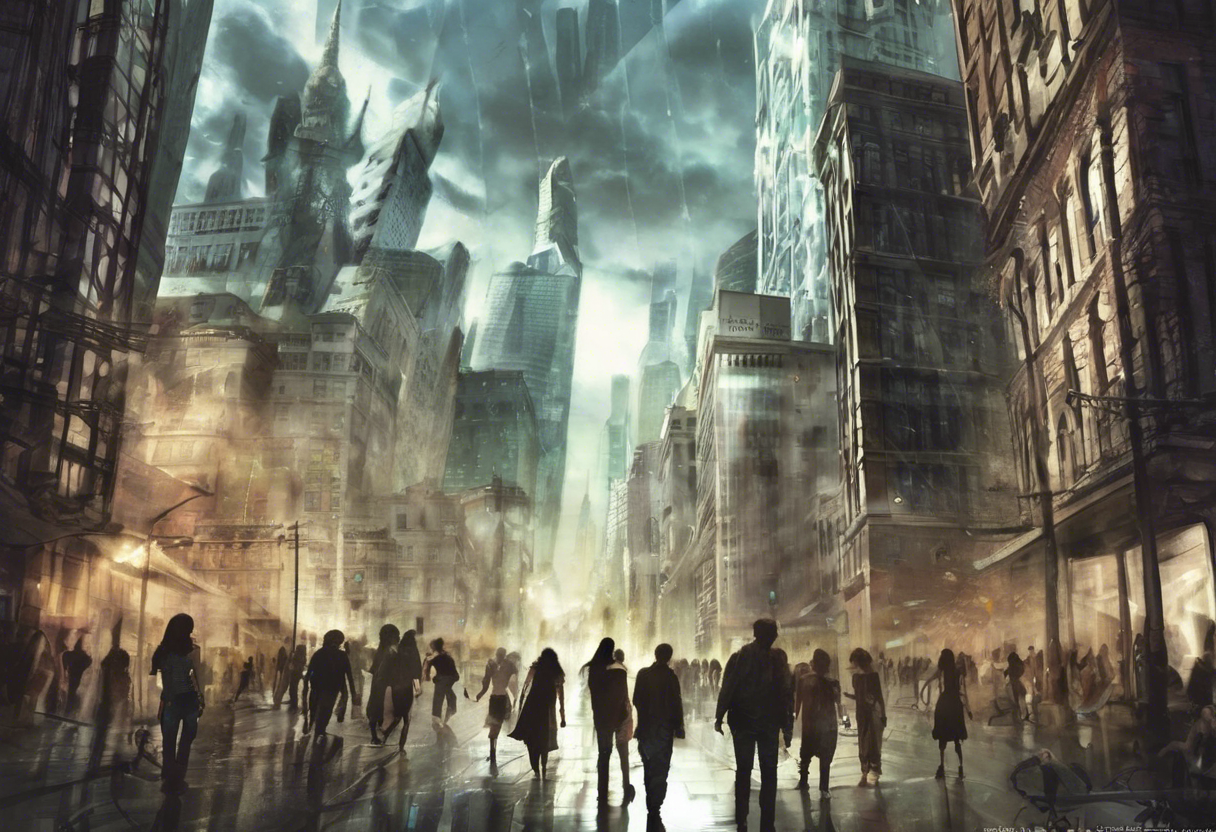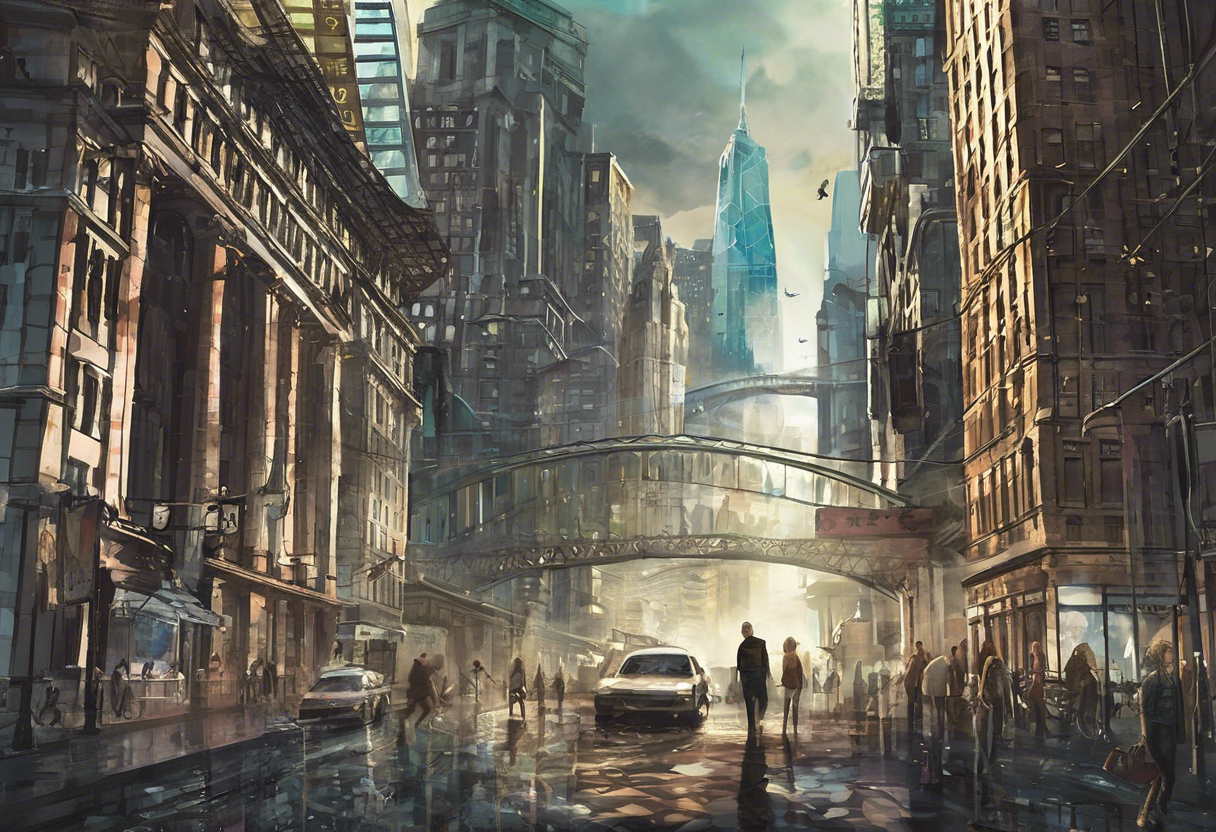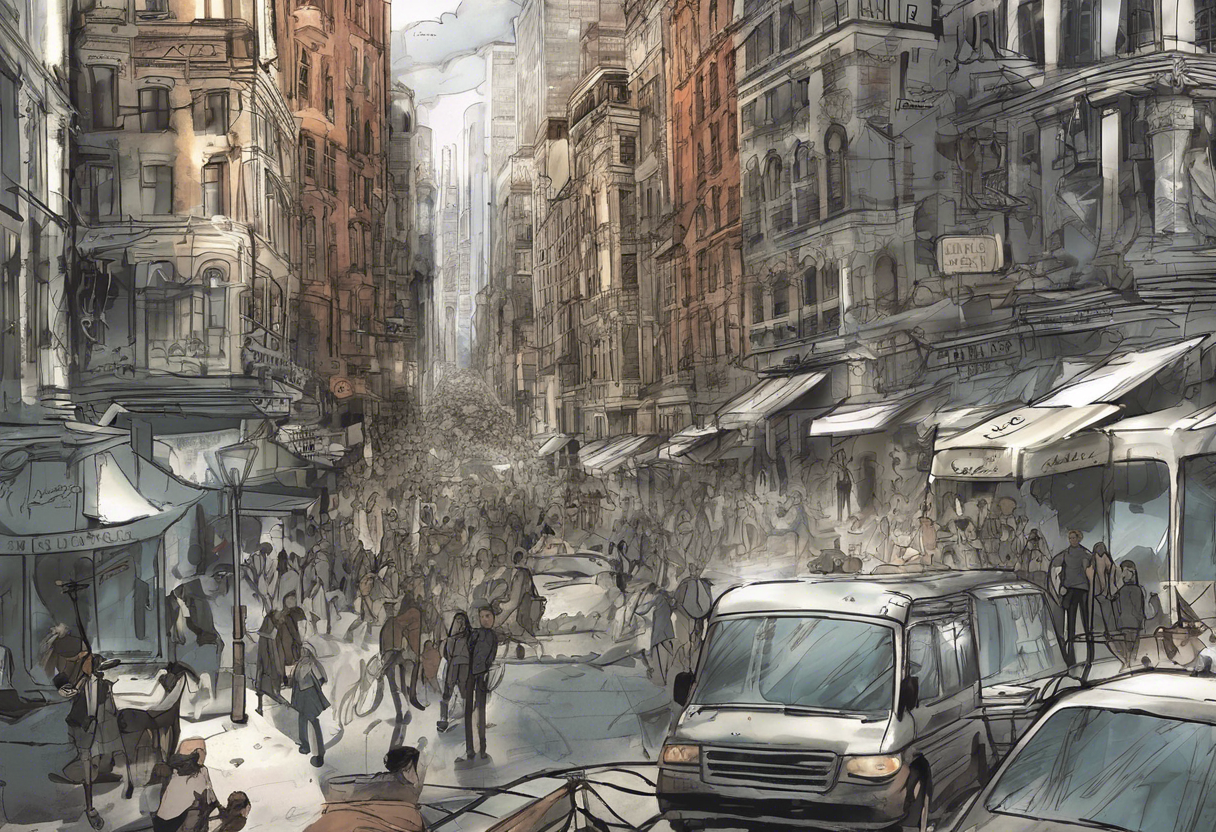Contents
City of Glass: A Deep Dive into the Third Installment of The Mortal Instruments
Introduction
City of Glass, the third book in Cassandra Clare’s acclaimed series The Mortal Instruments, was published on March 24, 2009, by Margaret K. McElderry Books, a division of Simon & Schuster Publishing. This urban fantasy novel continues the story of Clary Fray and her allies as they navigate the complex world of Shadowhunters, demons, and other supernatural entities.
Cassandra Clare, the author, is known for her richly detailed world-building and intricate character relationships, which set her work apart in the young adult fantasy genre. Unlike authors such as C.S. Lewis, Ursula K. Le Guin, or Philip Pullman, who are often associated with more traditional fantasy settings, Clare’s work is deeply rooted in contemporary urban fantasy, drawing inspiration from modern-day New York City and its hidden layers of magical reality.
Plot Summary
The plot of City of Glass revolves around Clary Fray’s journey to Idris, the ancestral home of the Shadowhunters, in an effort to save her mother, Jocelyn, who is trapped in an enchanted sleep. Clary’s determination to reach Idris is driven by her discovery of a warlock who might possess the knowledge to wake her mother [3][5].
The story begins with Clary preparing for her trip to Idris, despite Jace’s attempts to dissuade her due to the dangers posed by the Clave, the governing body of the Shadowhunters. When the Lightwoods use a portal to travel to Idris, they are attacked by Forsaken, forcing Jace to take Simon along to save his life. Clary, using her unique ability to create runes, opens a new portal and travels to Idris with Luke [1][5].
In Idris, Clary encounters various characters, including Sebastian Verlac and Aline Penhallow, and becomes embroiled in a plot by the new Inquisitor, Aldertree, who seeks to incriminate the Lightwoods. Simon, now a vampire with the ability to walk in daylight, is imprisoned and questioned, leading to his friendship with fellow inmate Samuel Blackburn [1].
The central conflict escalates as Valentine Morgenstern, the primary antagonist, gathers his forces to destroy all Shadowhunters. Clary and her allies must form uneasy alliances with their enemies to defeat Valentine, testing the boundaries of trust and loyalty [2][5].
Themes and Symbolism
City of Glass delves into several profound themes that enrich its narrative and resonate deeply with readers. One of the central themes is the power of family and the bonds that transcend blood relationships. Clary’s quest to save her mother and her growing relationships with Jace, Simon, and other characters highlight the importance of found family and the sacrifices one makes for loved ones.
Another significant theme is the struggle between good and evil, complicated by the gray areas in between. The novel explores the moral ambiguities faced by characters like Sebastian Verlac, whose motivations are multifaceted and often contradictory. This theme is symbolized through the character of Valentine, who represents an extreme form of evil, yet has a complex backstory that humanizes him to some extent [2][3].
The novel also touches on the theme of identity and self-discovery. Clary’s journey is not just about saving her mother but also about uncovering her own powers and her place within the Shadowhunter world. This is symbolized through her ability to create runes, which is a unique gift that sets her apart from other Shadowhunters [1][5].
Cultural Impact
City of Glass has had a significant cultural impact since its release. It has been a New York Times bestseller and has contributed to the popularity of the urban fantasy genre among young adult readers. The book’s success has also influenced the broader fantasy literature landscape, inspiring other authors to explore similar themes and settings.
The Mortal Instruments series, including City of Glass, has been adapted into various forms of media. A film adaptation of the first book, City of Bones, was released in 2013, although it did not continue beyond the first installment. However, the series was later adapted into a successful television series, Shadowhunters, which aired from 2016 to 2019 and covered the storylines of multiple books in the series, including City of Glass [2][4].
Critical Reception
City of Glass received generally positive reviews from critics and audiences upon its release. Reviewers praised Clare’s world-building, character development, and the intricate plot that keeps readers engaged. The book’s ability to balance action, romance, and fantasy elements was particularly noted [2][4].
However, some critics pointed out the complexity of the plot and the large cast of characters, which could be overwhelming for some readers. Additionally, there were discussions about the series’ handling of certain themes, such as the portrayal of vampires and the moral implications of the characters’ actions [4].
Legacy
City of Glass has left a lasting legacy in the world of young adult fantasy literature. It continues to be a beloved installment in The Mortal Instruments series, inspiring new generations of readers and writers. The book’s themes of family, identity, and the struggle between good and evil remain relevant and resonate with audiences today.
Cassandra Clare’s work has also influenced the publishing industry, with many authors drawing inspiration from her unique blend of urban fantasy and contemporary settings. The success of The Mortal Instruments series has paved the way for other urban fantasy series, contributing to the genre’s popularity and diversity.
In conclusion, City of Glass is a pivotal book in The Mortal Instruments series, offering a rich and engaging narrative that explores deep themes and complex characters. Its impact on the literary world and popular culture is undeniable, and it continues to be a significant part of the urban fantasy genre.
References
- https://en.wikipedia.org/wiki/City_of_Glass_(Clare_novel)
- https://thereadingbookfairy.wordpress.com/2020/01/06/book-review-city-of-glass-by-cassandra-clare/
- https://www.supersummary.com/city-of-glass/summary/
- https://www.pluggedin.com/book-reviews/city-of-glass/
- https://recaptains.co.uk/2013/03/city-of-glass-by-cassandra-clare/

